Concrete First, Carpet Later (1965-1978)
Sears opened in 1965 as a standalone store on the lot where Oakland Mall would later rise.
The building stood with its own parking, full retail signage, and wide front entrance facing John R. Road.
Construction on the enclosed mall began soon after. In 1968, Oakland Mall officially opened, connecting Sears to a new anchor store, Hudson's.
The mall was fully enclosed, with internal walkways joining the major tenants. S. S. Kresge operated one of the early storefronts, positioned among the first set of leased spaces.
The mall layout followed a straight, connected floor plan. Each anchor store had its own direct access, with internal doors joining the concourse.
Signage was mounted above entrances. Shoppers could walk between Hudson's and Sears without stepping outside.
New tenants continued to fill out available slots over the next few years. The mall property sat off the intersection of 14 Mile and John R., adjacent to I-75.
Parking areas wrapped around all sides of the building, accessible from multiple entrances. Hudson's remained the strongest draw through this period, with Sears anchoring the other end.
The mall's interior held a growing mix of retail chains typical for the region in the late 1960s.
Adding a Wing, Holding the Map (1979-1998)
In 1979, Oakland Mall added a two-story expansion anchored by JCPenney.
The wing extended from the existing layout and brought the first multi-level section into the property.
Shoppers accessed the new floors by escalators positioned near the JCPenney entrance.
The additional retail area was built into the interior, with no major change to the mall's external footprint.
The upper level added capacity for more tenants. Storefronts were set along both floors, some occupying space above older single-level units.
The new structure allowed for a denser mix of retailers. Foot traffic extended past the original center and toward the new anchor.
A movie theater opened after the wing's completion, located near the JCPenney side of the mall.
The cinema ran weekend shows and became a destination in its own right.
Its placement helped draw people deeper into the property and supported evening hours past standard retail close.
By the mid-1980s, the mall supported multiple department stores and a mix of national chains.
Clothing and shoe retailers filled the original stretch between anchors.
Chains Come In, Screens Go Dark (1999-2005)
In 1999, Borders Books & Music opened at the Oakland Mall.
It occupied a former Winkleman's and became the first Borders location in Michigan to operate inside a mall.
Its entry faced into the concourse near the Sears wing. The store ran as a full-format bookstore with its own frontage and back stockroom.
Signage was mounted above the gate and visible from both directions.
By 2000, the mall's movie theaters had shut down. The theater space was converted to Steve & Barry's, a large-format apparel store.
That store operated for most of the decade and used much of the original cinema footprint.
Its entrance opened onto the main walkway. Steve & Barry's remained open until early 2009, when the brand closed most locations nationwide.
In 2001, Hudson's was renamed Marshall Field's. The store name changed on both exterior signage and mall directories.
The internal layout and department divisions remained in place during the transition.
In 2004, Lord & Taylor was slated to become the fourth department store at Oakland Mall.
The project was approved for planning but never built. The proposed store site was never developed.
Marshall Field's, Empty Frames, and a Relocated Sign
In September 2006, the Marshall Field's at Oakland Mall became a Macy's. It was part of Federated Department Stores' nationwide rebranding.
Crews installed new signs over the mall entrance and on the outer wall facing the parking lot.
Inside, nothing major changed. The store stayed open through the sign swap.
Borders closed in 2011 following the chain's bankruptcy.
The Oakland Mall location had opened in 1999 and was the first Borders inside a Michigan shopping mall.
After the closure, the store remained vacant until 2013.
That year, Forever 21 relocated into the former Borders space from another section of the mall.
Steve & Barry's, which had taken over the mall's closed movie theater space, was no longer operating by late 2014.
The unit remained unused until construction began on a new Dick's Sporting Goods in 2015.
The project used part of the existing structure and added a new storefront.
The original Dick's location in a nearby shopping center closed during the transition.
Dick's Sporting Goods opened later that year, completing a full transition of the mall's southeast anchor.
The mall's anchor count stayed consistent, even as national chains left and newer tenants moved in.
Anchor Rotations and Leasing Gaps
Field & Stream opened at Oakland Mall in March 2015.
The unit was built near the JCPenney side of the property and operated as a separate retail space with its own exterior entrance.
It was the first Field & Stream store in Michigan and joined the mall as a large-format specialty anchor.
The space was positioned adjacent to the main building but not connected to the interior concourse.
In October 2019, Sportsman's Warehouse acquired the Oakland Mall Field & Stream as part of a larger deal involving multiple stores nationwide.
Operations continued under the new name, and no substantial remodeling or redesign was reported at the time.
CBRE took over management of Oakland Mall in 2016. A year earlier, the Sears anchor had been handed off to Seritage Growth Properties.
That store shut down for good on September 2, 2018. Since then, the space has stayed dark and empty.
At Home opened at Oakland Mall in December 2017, taking over part of the former Sears space.
The 88,000-square-foot store became one of the mall's primary anchors.
Its buildout followed the 2017 closure of Gibraltar Furniture and was part of a broader mall strategy to repurpose vacant anchor footprints.
While the parent company announced potential bankruptcy plans in spring 2025, the store maintains regular hours.
A New Owner, a Divided Anchor, and Local Tenants
In March 2022, Mario Kiezi bought Oakland Mall. CenterCal Properties had owned it briefly, taking over in 2020.
After the sale, Kiezi started talking about plans to update and reposition the property.
Leasing materials switched to MKiezi Investments.
There wasn't a full interior renovation right away, but the mall's signage and tenant marketing began to shift.
The old Sears anchor was divided up. Hobby Lobby moved into part of the space and opened on December 26, 2022.
It took up around 55,000 square feet and became one of the mall's main anchors.
Another piece of the leftover footprint was later used for Slime Studio, which opened in the remaining square footage not taken by Hobby Lobby.
Slime Studio launched at Oakland Mall on May 30, 2024, occupying approximately 25,000 square feet of the former Sears footprint.
The ticketed experience invited visitors to step into a light tunnel, explore slime textures with hands and feet, stand under a slime shower, or mix personalized slime combinations at a DIY bar included in the $30 admission.
As of August 2025, Oakland Mall's official directory page lists Slime Studio under the title "Coming Again Soon," showing the same hours but noting it is temporarily closed for the time being.
Miniso and GEMU both opened at Oakland Mall during the mall's recent shift toward smaller-format, experience-driven tenants.
Miniso launched in April 2024 in a former Pro Image Sports space, offering a 4,500-square-foot store stocked with rotating housewares, stationery, and accessories.
Its layout and product model followed the brand's minimalist retail approach, adding a low-cost lifestyle anchor to the concourse.
A year later, in April 2025, GEMU Clawcade & Playground opened an 8,000-square-foot venue featuring claw machines, slides, and a ball pit.
Operated by a mother-daughter team, GEMU was designed as a family-friendly arcade and soft play space for kids and adults.
McInerney Auto Center opened its Troy, MI, location in June 2025 inside the former Sears Auto Center building at Oakland Mall.
Construction began in late 2024, following the long-vacant state of the old Sears service bay facing John R Road.
The auto center offers full mechanical and fleet repair services.
Closures, Water Damage, and a Fast Reopen
In January 2025, Macy's announced it would shut down its Oakland Mall location as part of a national plan to close 66 stores.
Liquidation started that winter. The store officially closed on March 23. No replacement anchor had been named at the time.
Later in 2025, Forever 21 closed its Oakland Mall store. The move followed the company's broader financial collapse.
On July 16, a burst pipe caused flooding inside parts of the mall. The incident forced the interior concourses to close temporarily.
Troy fire officials responded to the scene alongside mall management.
Portions of the building were sealed off to the public. Sections of the parking lot were marked off with cones and barriers.
Anchor stores with external entrances, such as JCPenney, Dick's Sporting Goods, At Home, and Hobby Lobby, remained open.


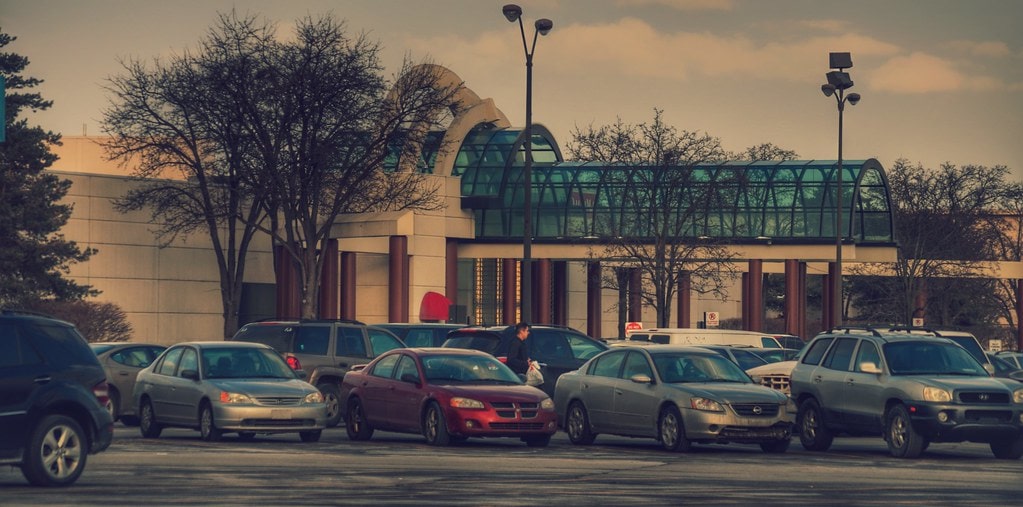
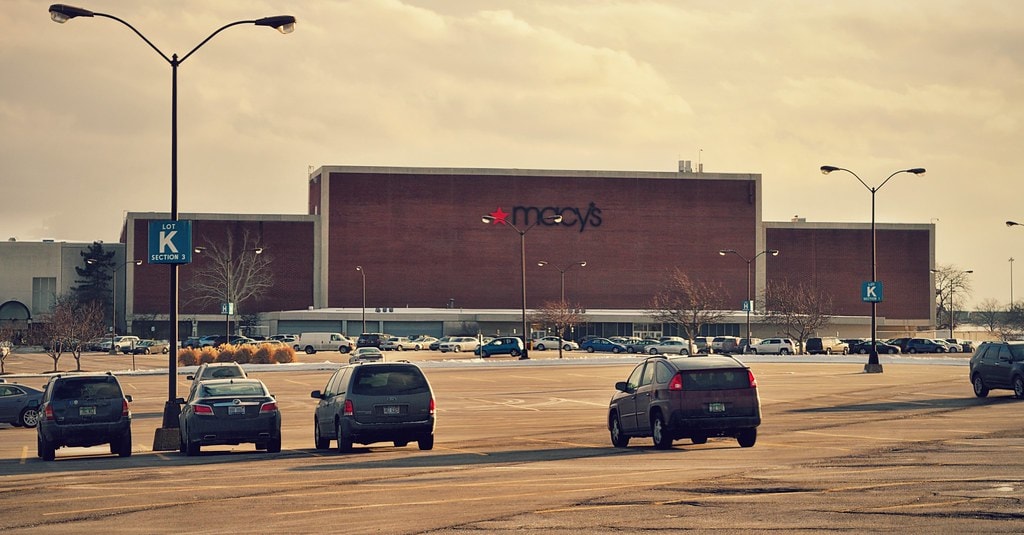
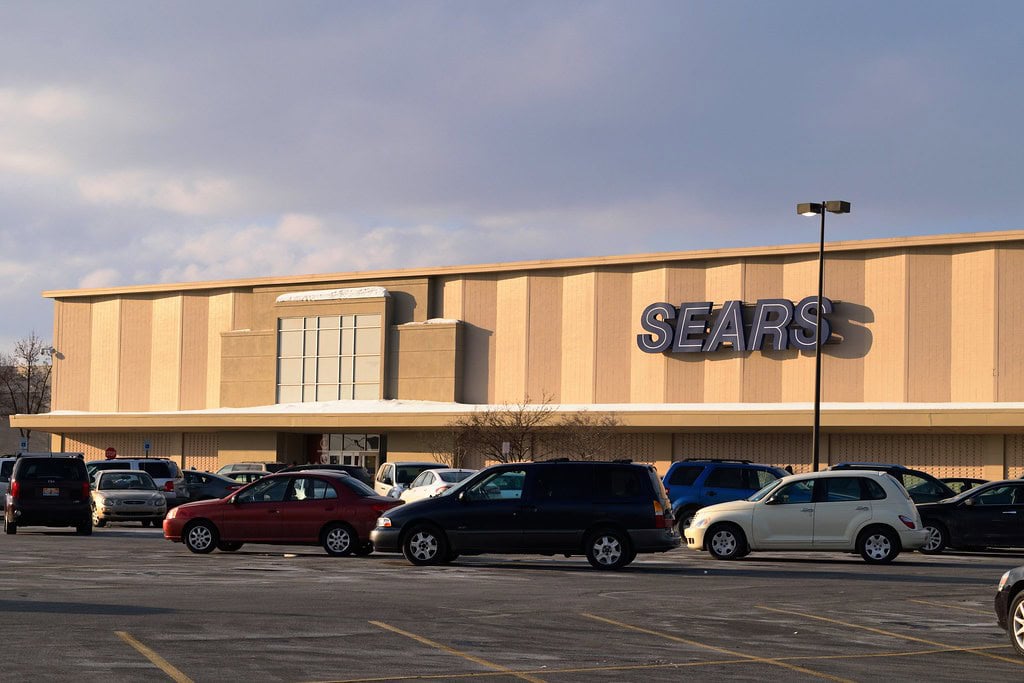
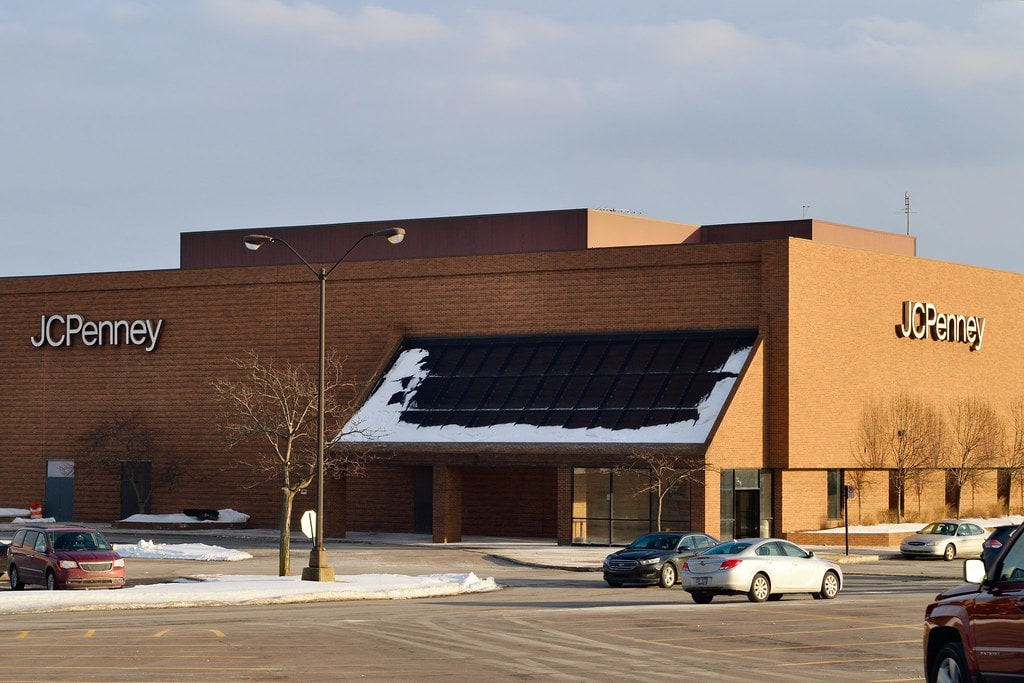
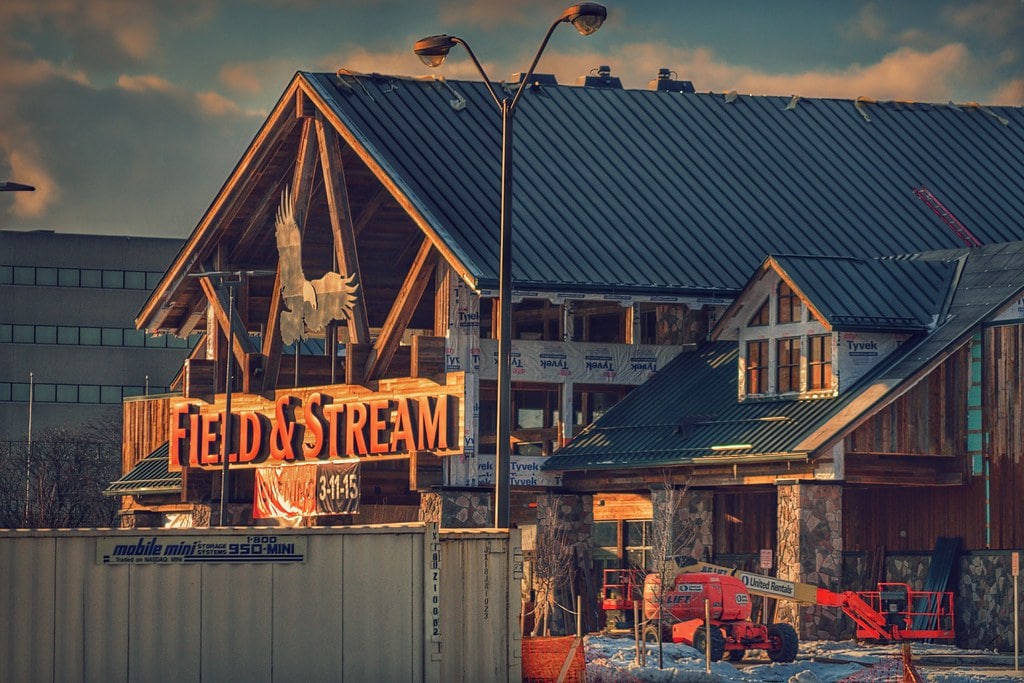
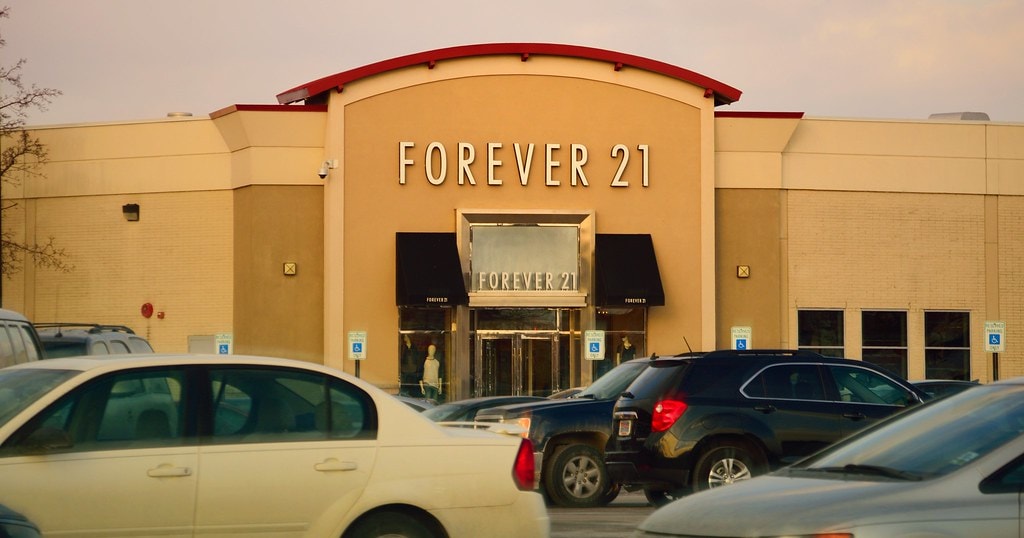
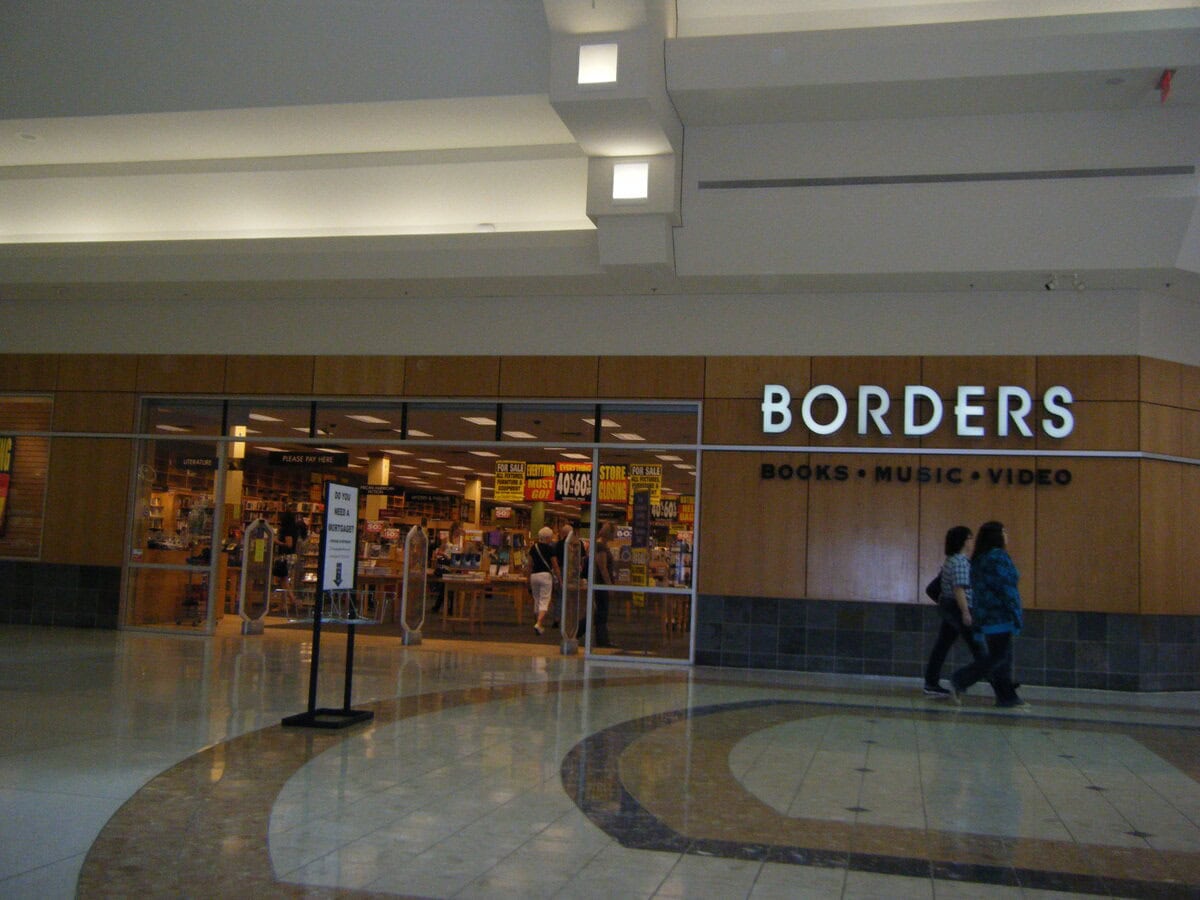
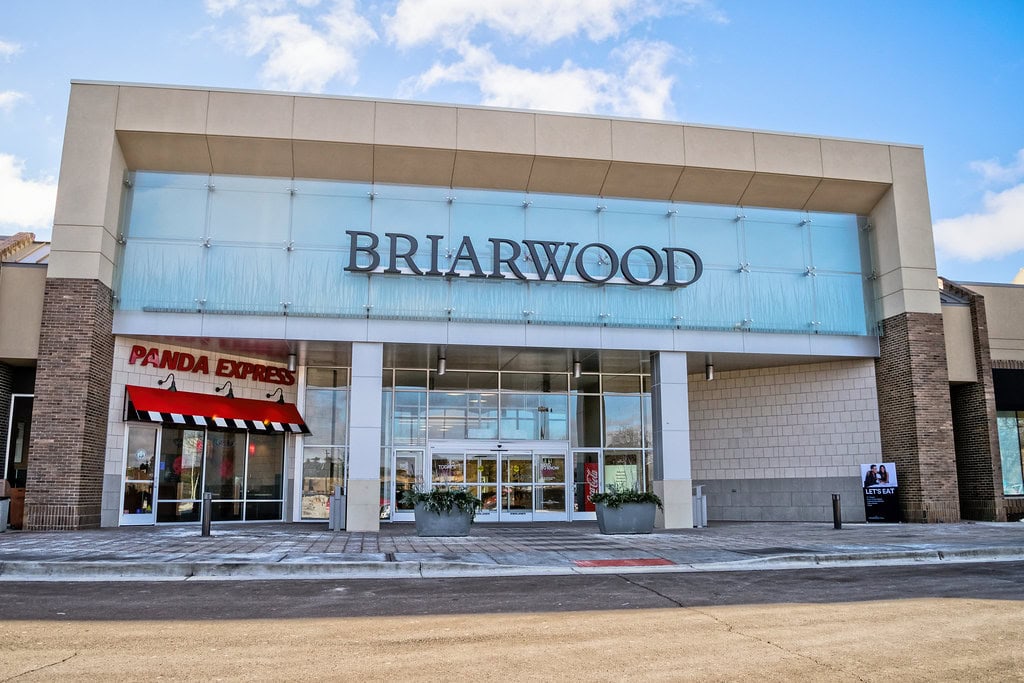

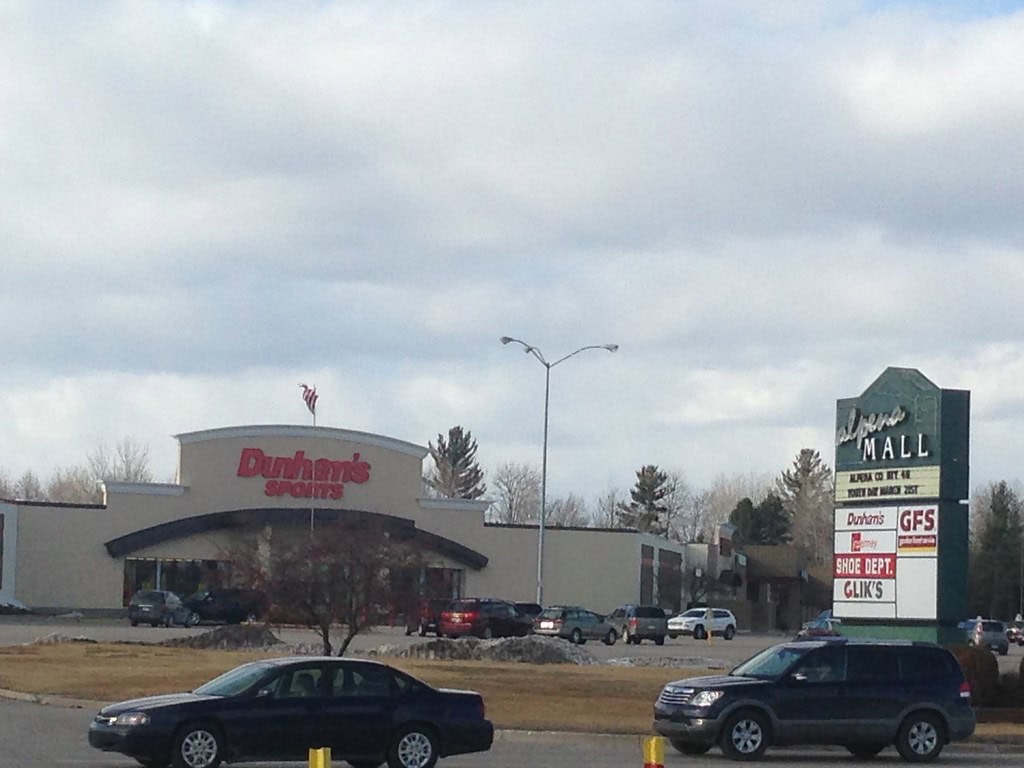
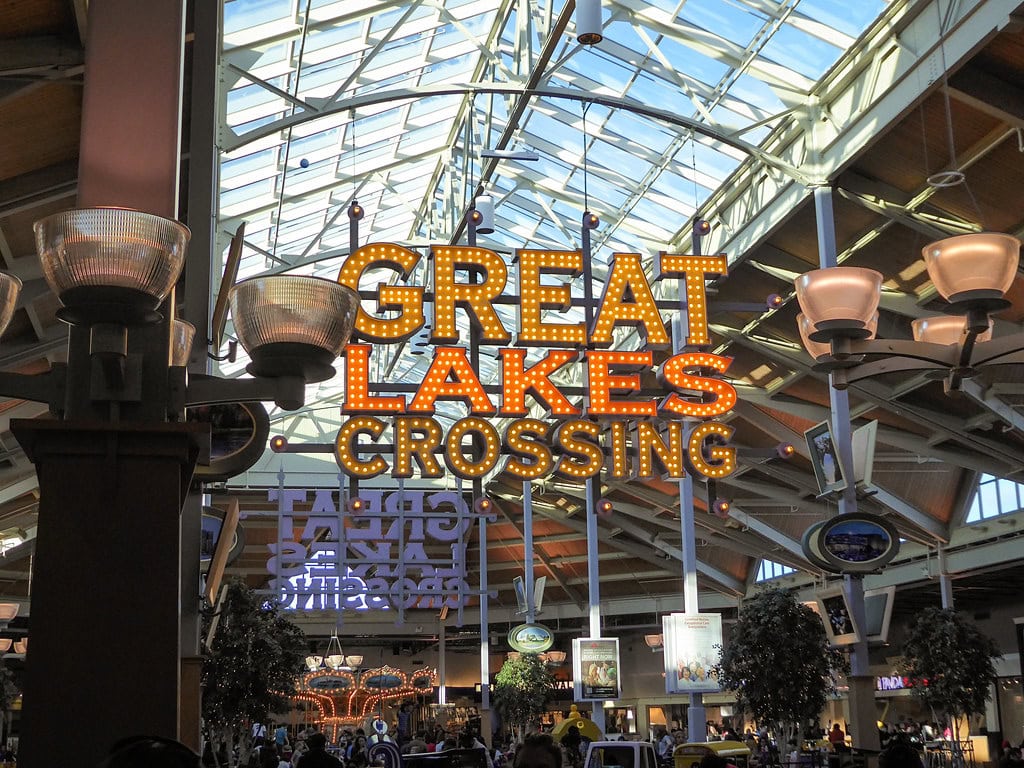
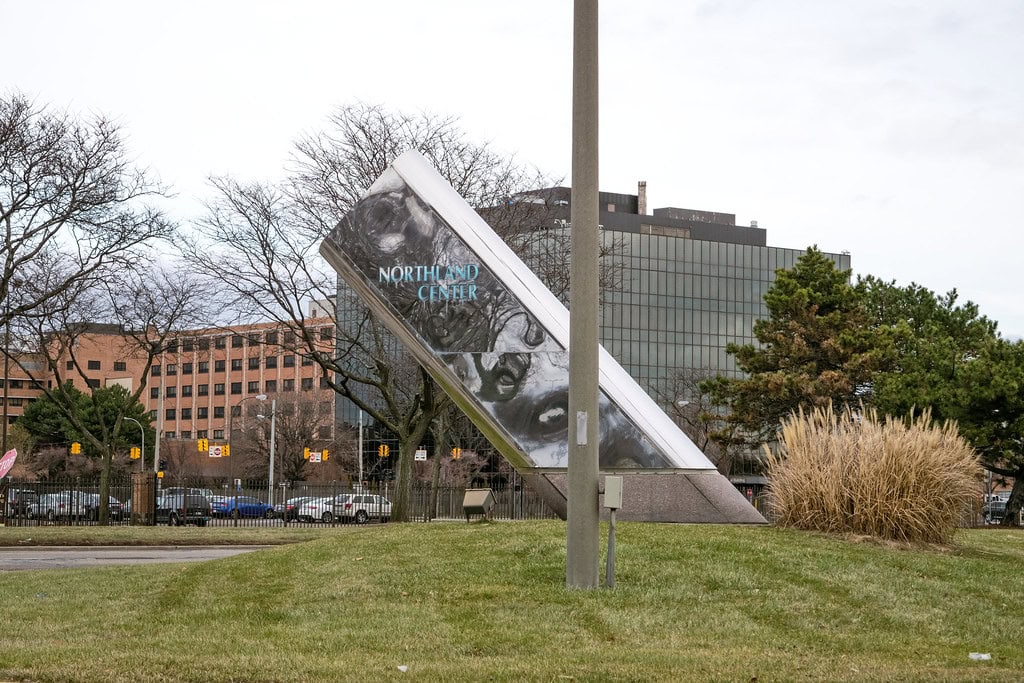
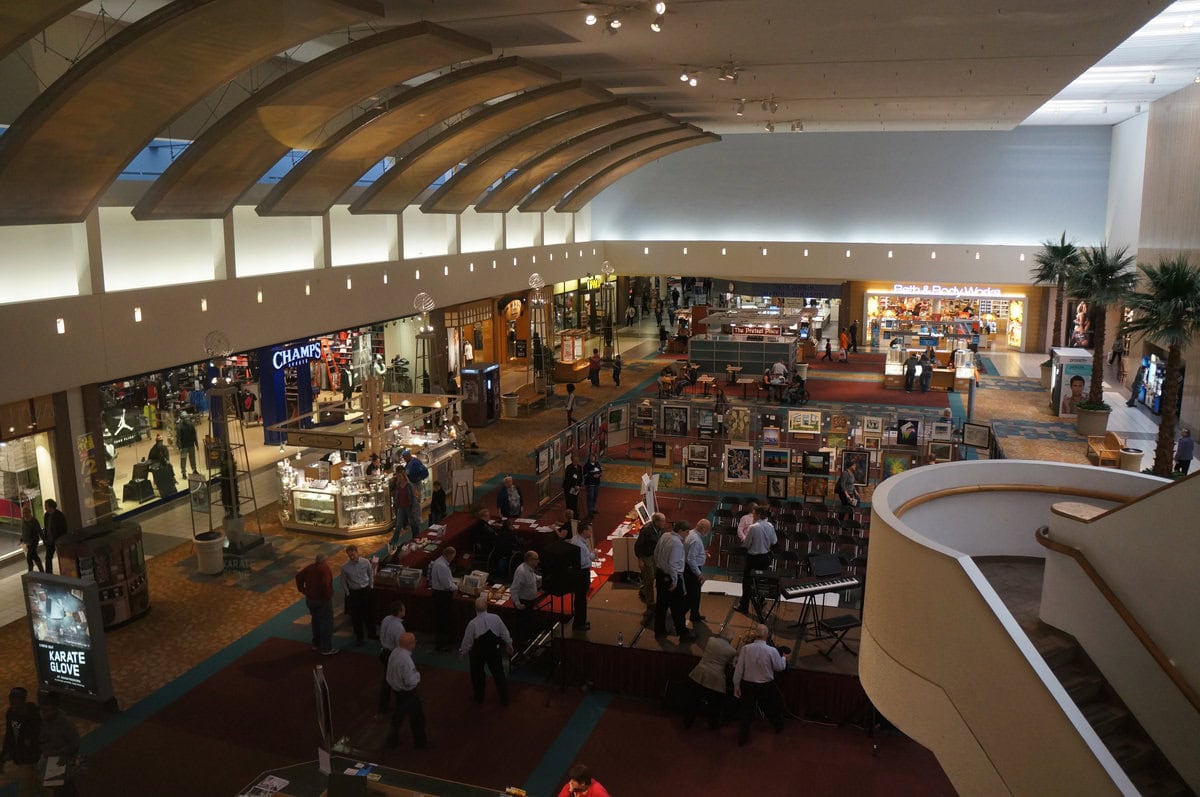

this mall is all but dead! many empty spaces and little foot traffic are ominous signs!
Vacant spaces really do change the whole mood of the building.